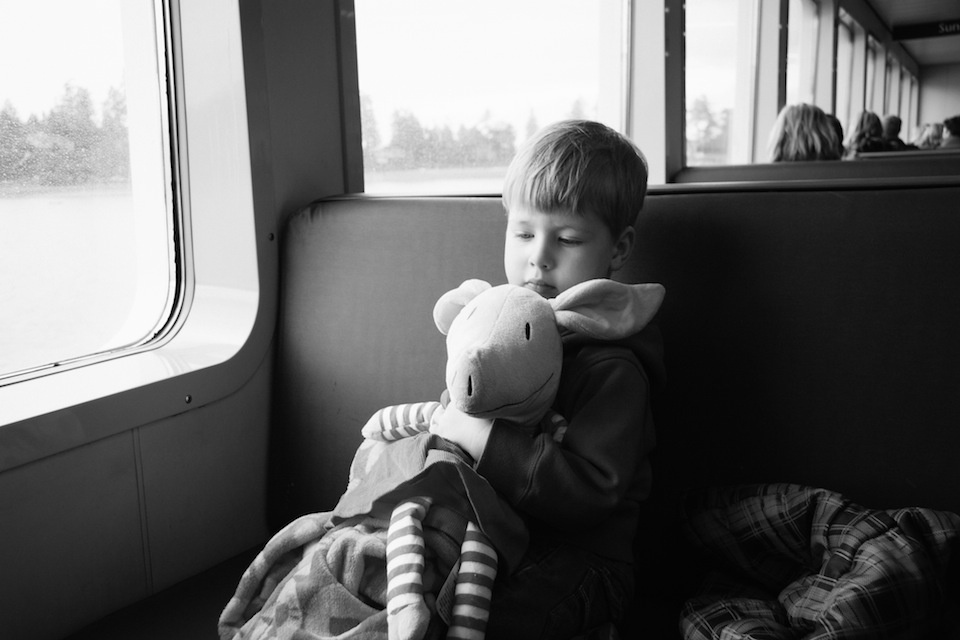by Margaret Elysia Garcia
My ten dozen are ready to go. Six dozen roasted green chile tamales and four dozen traditional pork ones. I used to make more of the traditional pork for the meat eaters but fucking meat eaters always smell the green chile ones and go for them and that makes the vegetarians scrounge for something else to eat as only the pork are left. I learned my lesson. So now I make more of the green chile ones so no one is alienated with the exception of those that don’t like Mexican food on Christmas.
People think this is a big Mexican tradition to do tamales at Christmas. For some I suppose it is. It isn’t for us. We had to learn to be real Mexicans. We started being tamale Mexicans about 12 years ago. Before that, we bought them from our tamale lady. Most people have a tamale lady. Mine stood in front of the 24th Street Bart Station in SF. My mom’s walked up and down her street with a Coleman cooler that looked too big for her to lift on her head. My husband had one that pushed a cart in San Pedro. It was our tradition to buy them, not make them.
I come from Mexicans that had maids and cooks. Apparently our ancestors couldn’t cook for shit. All my aunts, my mom, my cousins each only know how to make one dish. When my mom and I moved to the mountains of Plumas County, California where Mexicans number in only double digits, we were screwed. The Mexicans who live here cook for themselves. The two Mexican restaurants in the county have been catering to Anglo mountain people for so long that they have mac n cheese on the menu and the salsa tastes suspiciously like ketchup.
Before we became real Mexicans, we just had confused Christmases meals of various dishes that none of us in my family liked. My mother hates turkey. I hate ham. My mom’s partner, a nice properly raised woman whose family hails from Virginia prefers game hens and duck for such occasions, which makes us the rest of us recoil in horror. My husband, whose family has made many abrupt transitions through various religions and cultures (they started up Catholic, went Jehovah’s Witness, and then came around to garden variety Evangelical) would rather get rid of holiday celebrations all together.
Once in the late 90s I had the opportunity to learn to make tamales from a lover of mine’s mother, but we were still in our twenties which means we bought the ingredients, watched her make them, and got drunk off too margaritas. And then we ate her tamales.
It was my friend Kristy ‘s mom who got us making them as a Christmas tradition because that’s what her family does. They’re Mexican and Shoshone. They have framed signs above their doorway that say things like “FAMILY IS FOREVER” in swirling white cursive on glass. I wind up with friends like this because I have a keen interest on wanting to know what America is like. Well, that America. The America who shops at Costco on purpose. She’s sweet and she was willing along with her mother to teach me the fine art of tamale making at Christmas. Here is something I can tell you:
The trick is in the masa.
The trick is in three-day preparation.
The trick is in the right combination of chile pod seeds left in and taken out.
Don’t make the masa too wet.
Don’t make it too thick.
Cheat and buy the pre-prepared masa at a market in town that caters to the few Mexicans in your area. Mine’s the FoodMax in Chico, CA ninety minutes away.
Don’t talk shit about people while you’re doing it. It'll ruin the masa.
These seem to be the proper rules to perfection. In the mountains, because good green chile tamales are hard to come by, they are worth their weight in gold. I give them out instead of cookies. The jeweler gave me earrings in exchange. My neighbors gave me tins of tea. I got someone to plow my driveway after work on Christmas eve in exchange for a dozen.
Now every Christmas we have tamales. My mother makes her one signature dish: chile rellenos—and beans and rice. She’s fantastic with egg whites and makes them perfectly even without too much or too little egg white batter on any side. It must be the Virgo in her. I make sure there is something green and leafy on the table even though salads are out of season, plus appetizer, and the tamales. It’s the same meal every year but since there’s nowhere else to get this simple meal, it has become our staple of December.
Tamales steaming on the stove for two hours create an aroma in the house like no other, which makes me feel just a tad guilty for all those years with tamale ladies before I became my own. When people come over and I have them steaming on the stove I know they think that I’m celebrating an ancient cultural tradition. I’m a bit of a fraud, but I smile and play along.






